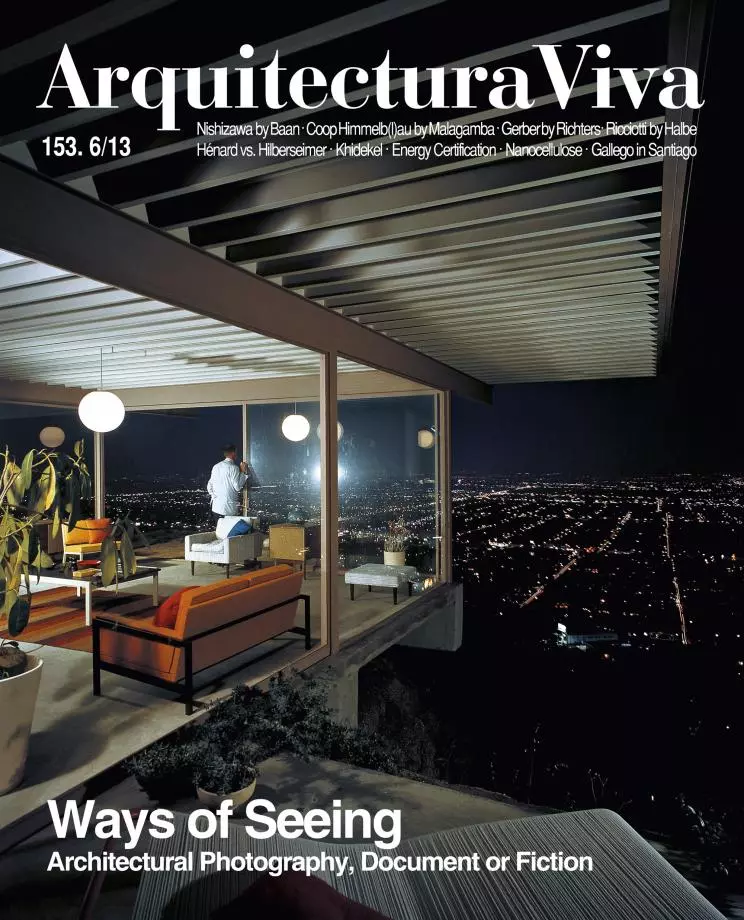
Can domestic space be a platform for an architect’s personal investigations? Francisco González de Canales analyzes five cases of ‘domestic selfexperimentation’: homes designed and built for and by the same individual, who in first person puts his own project to the test.
The first of these experiments involves the three houses Pablo Neruda commissioned the Catalan architect Germán Rodríguez Arias to build in Chile, so altered by the poet as to prod Rodríguez Arias to declare he had only acted as a technician, and that authorship of the buildings had to be attributed in full to Neruda. The second and third experiments correspond to Ralph Erskine’s in Sweden (The Box and the house in Drottningholm) and Charles and Ray Eames’s home in California, constructions that see the dwelling as a response to conditions of the environment. The fourth involves the house that Juan O’Gorman built in a volcanic cave in El Pedregal de San Ángel, Mexico: a refuge of prehispanic adornments against the developmentalist frenzy of post-revolutionary Mexico. Finally, the author relates how Alison and Peter Smithson inhabited the Solar Pavilion, doing so with literal extracts from the children’s fantasy book Puck of Pook’s Hill, a key specimen of traditional English rural culture written by Rudyard Kipling.
Because the selected works are unclassifiable under classic historiographic canons, the author goes beyond the strictly architectural to enter the realms of philosophy, anthropology, literature or sociology.







